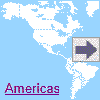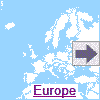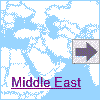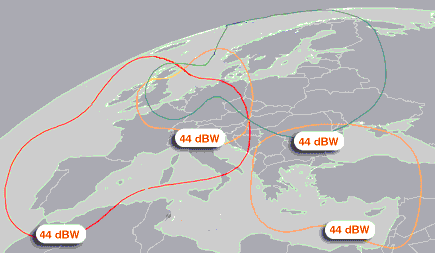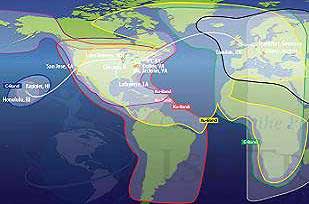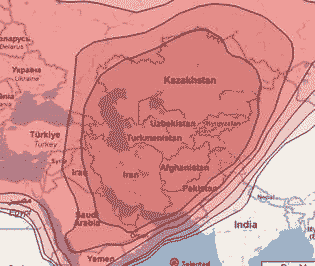Hughes HX280 Satellite Router Achieves Advanced Cryptographic Security Certification
Posted by
world Jr at Thursday, March 10, 2011
Product Certified to FIPS 140-2 Security Level 2 for Military and Government Use
GERMANTOWN, Md., March 11, 2011 /PRNewswire/ -- Hughes Network Systems, LLC (HUGHES), the global leader in broadband satellite technologies and services, and a leading provider of managed network services, today announced its high-performance commercial satellite router, the HX280, has achieved Federal Information Processing Standards (FIPS) 140-2 Security Level 2 certification (certificate #1491), which is a cryptographic hardware and software accreditation given by the National Institute of Standards and Technology (NIST). Achieving Security Level 2 validates the HX280's sophisticated physical security mechanisms, including tamper-evident coating of the cryptographic keys and critical security parameters (CSPs), as well as other critical safeguards.
(Logo: http://photos.prnewswire.com/prnh/20110112/NE29456LOGO )
The Hughes HX280 is optimized for communications-on-the-move (COTM), which includes but is not limited to military operations and deployed environments. It maintains low-jitter secure voice, video and data IP-broadband communications, and can be configured in star and mesh topologies for simultaneous operations. As part of the commercially successful HX System from Hughes, the HX280 has global coverage that is ideal for military or government customers in theater.
"We are pleased to be able to offer our HX customers validated FIPS 140-2 Security Level 2, which means an even higher level of enhanced security for military and government networks," said Daniel Losada, senior director of the Defense and Intelligence Systems Division at Hughes. "It further extends the many applications of the versatile HX280, enabling secure communications-on-the-move anywhere in the world, including current conflict zones. And it comes integrated with our HX ExpertNMS™, the most advanced network management system available, providing powerful network diagnostic tools via an intuitive, user-friendly interface."
The HX280 can be deployed on land, at sea or in the air for comprehensive and highly secure net-centric communications. Fully compliant with IPoS/DVB-S2, including Adaptive Coding and Modulation (ACM), the world's most successful satellite air interface standard approved by TIA, ETSI and ITU, the HX280 employs frequency division multiple access (FDMA)/time division multiple access (TDMA) channels supporting data rates of up to 121Mbps outbound and up to 9.6 Mbps inbound. Optional Enhanced Signaling Security which meets TRANSEC standards is also available on the HX280.
For more information on FIPS 140-2 Security Level 2, or to view the HX280's validation certificate, visit http://ow.ly/4b647.
About Hughes Network Systems
Hughes Network Systems, LLC (Hughes) is the world's leading provider of satellite broadband for home and office, delivering innovative network technologies, managed services, and solutions for enterprises and governments globally. HughesNet® is the #1 high-speed satellite Internet service in the marketplace, with offerings to suit every budget. To date, Hughes has shipped more than 2.5 million systems to customers in over 100 countries, representing over 50 percent market share. Its products employ global standards approved by TIA, ETSI, and ITU organizations, including IPoS/DVB-S2, RSM-A, and GMR-1.
Headquartered outside Washington, D.C., in Germantown, Maryland, USA, Hughes Network Systems, LLC (Hughes) operates sales and support offices worldwide, and is a wholly owned subsidiary of Hughes Communications, Inc. (Nasdaq: HUGH). For more information, please visit www.hughes.com.
©2011 Hughes Network Systems, LLC. Hughes, HughesNet, and HX ExpertNMS are trademarks of Hughes Network Systems, LLC.
SOURCE Hughes Network Systems, LLC





